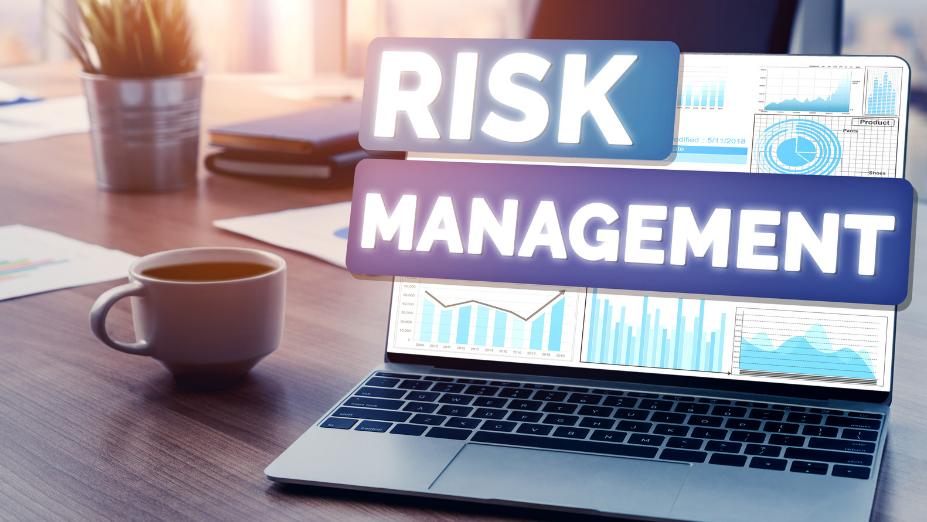The Role of GRC Software in Enhancing Risk Management for Enterprises
2 min read
In today’s fast-paced and ever-changing business landscape, enterprises face a multitude of risks that can potentially impact their operations and bottom line. This makes risk management a crucial aspect for any organization, regardless of its size or industry. With the increasing complexities and regulatory requirements, organizations are turning towards Governance, Risk, and Compliance (GRC) software to streamline their risk management processes. In this article, we will discuss the role of GRC software in enhancing risk management for enterprises.
Streamlining Risk Assessment
One of the key functionalities of GRC software is to streamline the process of risk assessment. With the help of automated workflows and centralized data storage, organizations can easily identify potential risks and their impact on different areas of their operations. This allows them to prioritize and allocate resources accordingly, reducing the chances of any potential threats slipping through the cracks.
Moreover, GRC software also enables organizations to conduct risk assessments on a regular basis, ensuring that they stay up-to-date with any changes in their risk landscape. This proactive approach towards risk management allows enterprises to be better prepared for any potential risks and mitigate them before they escalate into major issues.
Compliance Management
Another important aspect of risk management for enterprises is compliance. With the ever-increasing number of regulations and laws, organizations need to ensure that they are compliant with all the relevant requirements. Failure to comply can result in legal and financial consequences for the organization.
GRC software helps organizations manage their compliance by providing them with a centralized platform to monitor and track their compliance efforts. The software also offers features such as compliance calendars, automated reminders, and document management to streamline the compliance process. This allows organizations to stay on top of their regulatory requirements and avoid any potential penalties or fines.
Risk Mitigation
GRC software plays a crucial role in mitigating risks for enterprises. With its integrated risk management approach, it helps organizations identify potential risks, evaluate their impact, and develop risk mitigation strategies. The software also allows for real-time monitoring of risks, enabling organizations to take immediate action in case of any unexpected events. This proactive approach can help enterprises minimize the impact of risks on their operations and ensure business continuity.
Additionally, compliance software can help address GRC challenges as well as security risks and vulnerabilities. By identifying areas of weakness, GRC software enables organizations to take corrective measures and enhance their overall risk management framework.
Conclusion
GRC software plays a critical role in enhancing risk management for enterprises. It streamlines risk assessment, helps with compliance management, and enables effective risk mitigation. By knowing how to choose the right GRC software solution for your business, you can ensure that your organization has the right tools to manage and mitigate risks effectively. With GRC software, enterprises can not only stay compliant and secure but also gain a competitive edge by being better equipped to handle any potential risks that may arise in the future.





